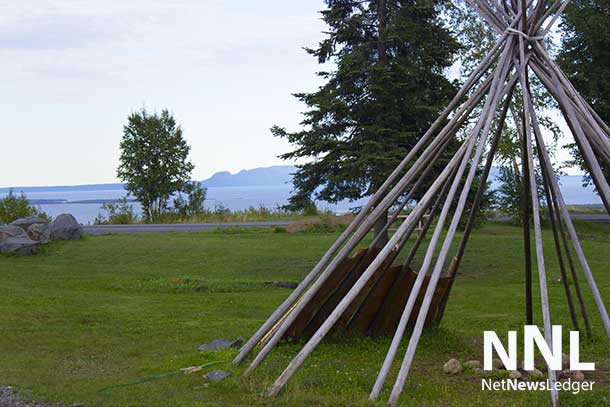

Divergence: Traditional Aboriginal Spirituality and Mother Earth
THUNDER BAY – As we enter this time of renewal on the cusp of another summer season we wanted to leave you with a few thoughts on traditional Aboriginal beliefs and the relationship between my (Beverly’s) ancestors and Mother Earth. In short, an Anishinaabe World View – our way of relating to the world and to all who live upon it. To the Anishinaabe, Mother Earth is both the physical manifestation and embodiment of creation, and the Great Spirit Manitou who created it.
Walking in harmony with the world is extremely important to the Anishinaabe culture and explains, in part, why there are so many Aboriginal people in constant distress these days. Whether we choose to embrace all parts of it, or reject significant chunks of it – we are all products of our culture. We are infused with its attributes, its history, its dominant beliefs. We are a product of the stories we tell and the myths we create to sustain ourselves. In Aboriginal culture, our worldview is inextricably fused to our spiritual beliefs about it. In our worldview we are all spiritual beings – humans, animals, trees, plants, rocks, water, along with other co-habitants of the earth. The worldview of intact Aboriginal societies is fundamentally and profoundly different from all who those who have subsequently come to settle here. From a spiritual perspective we see things differently. There is spiritual divergence between Indigenous and Western cultural views and relationships to Mother Earth.
The land is at once the sanctuary and shrine of our spirituality. Yet, it is not a place we visit from time to time. Traditionals are intrinsically connected to the earth and we can no more separate ourselves from it than can the waterfowl, the cedar trees and the sage. We are apart of not apart from, and that connectedness, that relationship, nourishes and sustains our spirituality. The land has fed and nourished us. The land has given us our clothing and our shelter, our means of travel and our warmth. The land has been a place of refuge, of community and solitude. Our spirituality is inextricably bound to our connection with Mother Earth.
If we are connected to the land which creates and sustains our lives and livelihoods, then – by extension, we are also connected to all that exist upon it – to the bees which pollinate our flowers, to the animals and plants who give their lives so that we may live, to the waters, the trees, clouds, rock formations and sunsets that move our souls, encourage our gratitude and inspire our spirit to soar. As such, all things are equally endowed with spirit. We believe that the separation between animate and inanimate is a false opposition.
At the core of our spiritual beings we make no artificial distinction between the sacred and the profane. Unlike Western culture, we have not suffered through that artificial separation. That is but one reason why the circle is vital to our understanding of relationship. A proper circle encompasses an understanding of all and is not exclusive. Using very different words, my grandfather told us, we are to the land as the leaf is to the tree. We are all part of the complex and intricate web of life, we are all part of the circle. . . and, as Western culture should be more fond of saying, “We all live downstream.” The relatively new environmental movement of today would find much to agree with in the words of Black Elk, an Oglala Sioux holy man who was born 150 years ago and who learned to walk in both worlds:
“Everything the power of the world does is done in a circle.
The sky is round and I have heard that the earth is round like a ball
and so are all the stars. Birds make their nests in circles, for theirs is the same religion as ours. The sun comes forth and goes down again in a circle. The moon does the same and both are round. Even the seasons form a great circle in their changing.”
As in a circle, reciprocity is an important part of our spirituality and relationship to the land. We have a responsibility to care for the land in return for what the land provides for us. A lack of so doing creates disharmony and imbalance. This ultimately leads to a dis-connection which is often painful to endure. To use an all-to-human analogy, in destroying so much of Mother Earth, we have divorced ourselves from this life-partner and that too is reciprocal. In this divorce, we do not know what is happening to our former partner, nor do we seem to care. But Gaia knows that within its slow and lingering death, so too comes our own. What goes around comes around!
Beverly Sabourin, recently retired as the Vice-Provost of Aboriginal Initiatives at Lakehead University, is a member of the Pic Mobert Ojibwe. Peter Globensky is a former senior policy advisor on Aboriginal Affairs in the Office of the Prime Minister and recently retired as CEO of the Canadian Council of Ministers of the Environment. They invite your comments at basa1@shaw.ca
